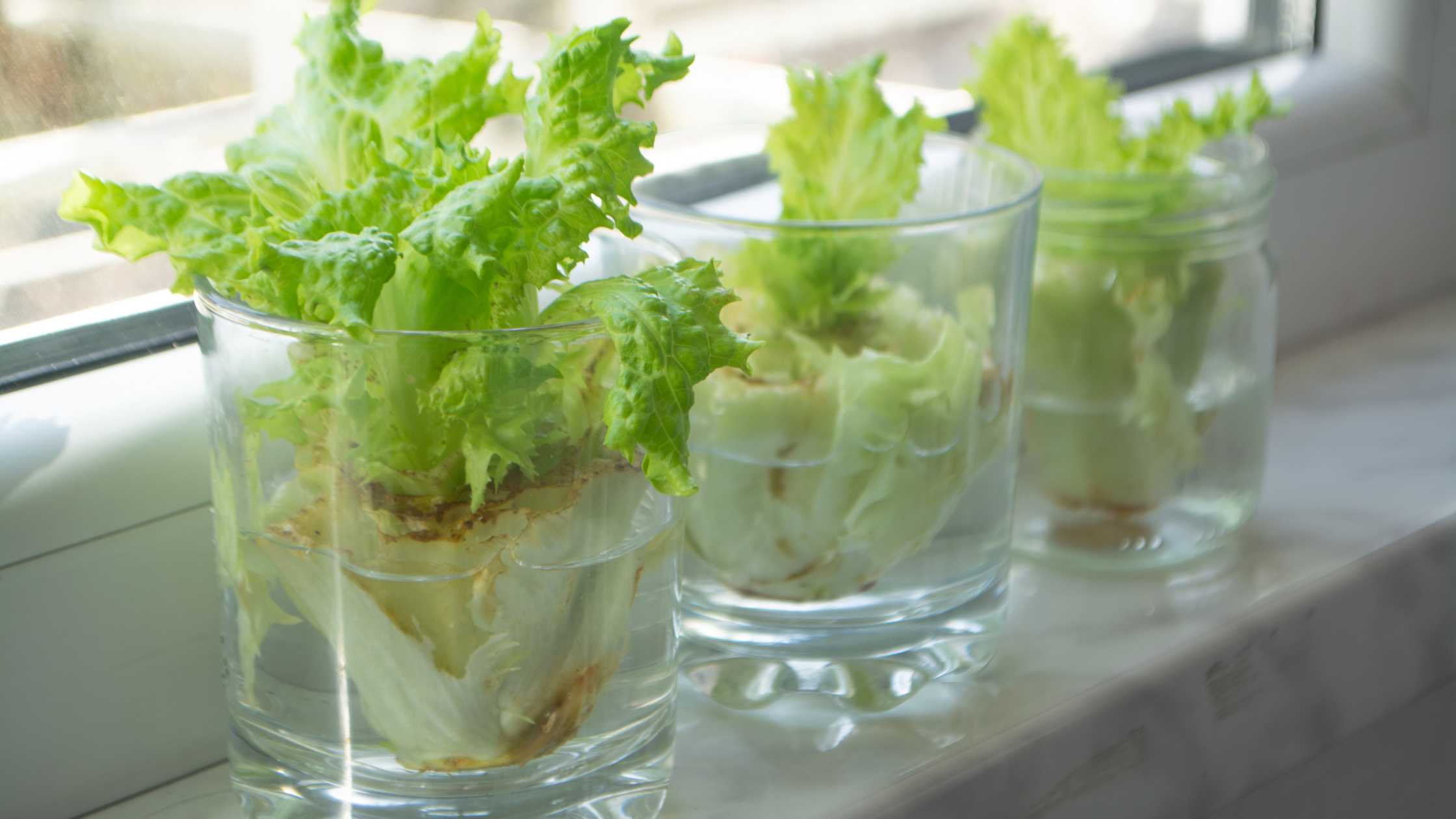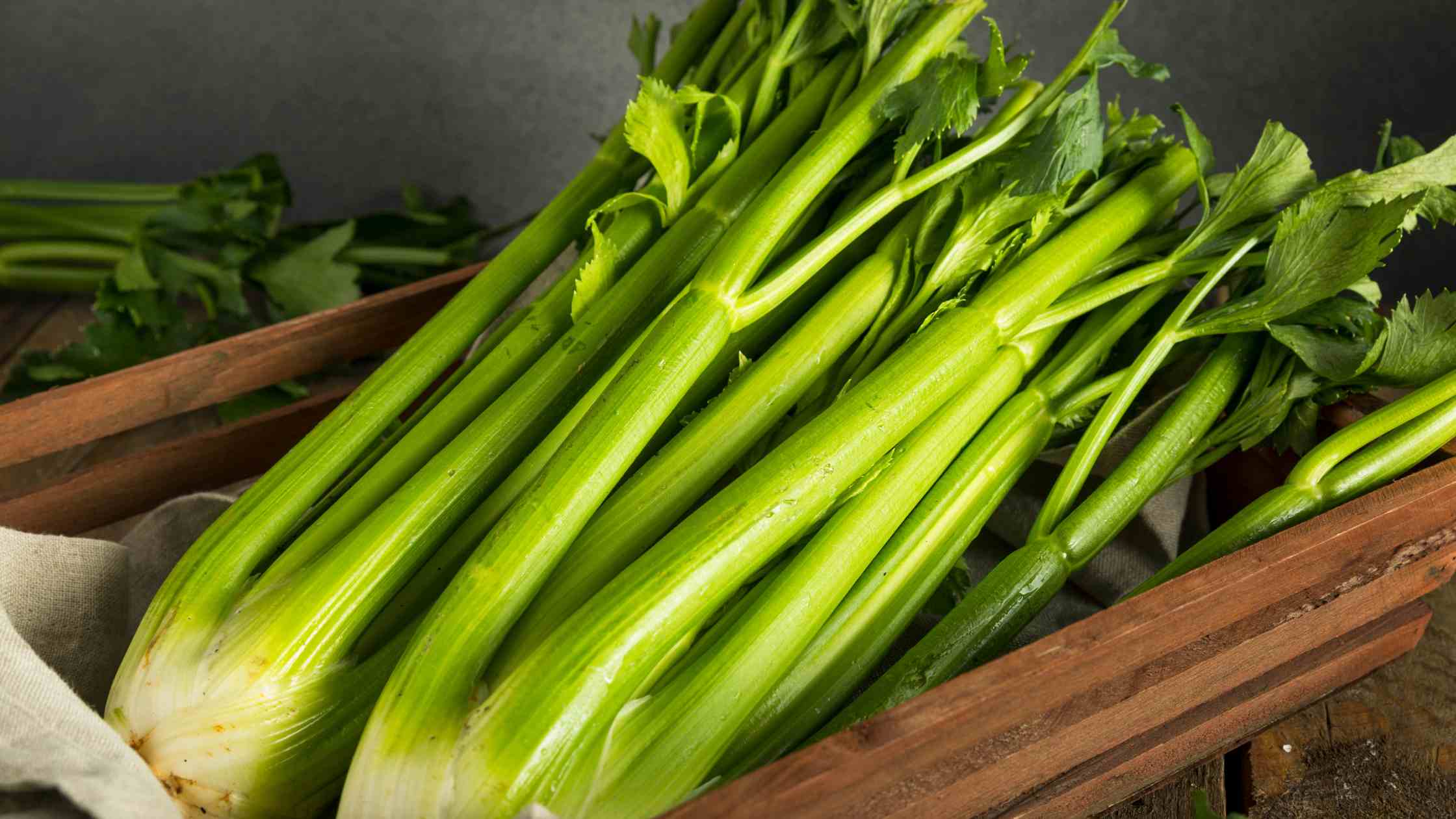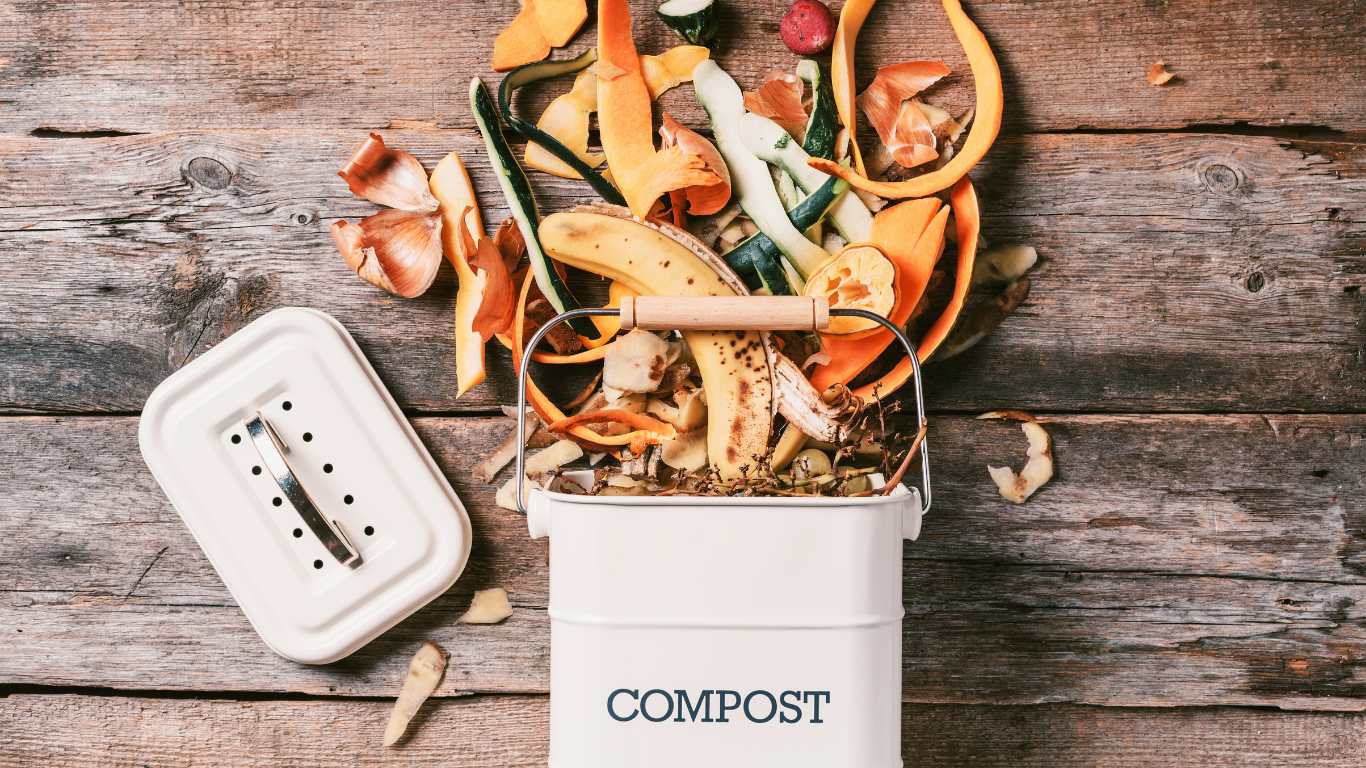Have you ever tossed vegetable scraps into the trash, thinking they had served their purpose?
Well, think again! Those seemingly useless scraps can be the secret to growing your vegetable garden. Not only is it a fun and educational activity for families with children, but it is also a great way to reduce your food waste and save money on groceries. With just a few scraps and some basic gardening supplies, you can grow a variety of delicious fruits and vegetables right in your own kitchen or backyard.
Today, I will show you how to transform those kitchen castaways into flourishing, delicious plants.
So, grab your gardening gloves and dive into the world of growing vegetables from scraps!
Transforming Scraps into Bountiful Greens
Now that you’re intrigued by the potential of vegetable scraps let’s get down to business. Here are a few popular vegetables that can be regrown from scraps:
Leafy Greens: Don’t let those lettuce and cabbage bottoms go to waste! Cut about an inch from the base, place it in a shallow dish with water, and watch as new leaves sprout. Once they’ve grown a bit, transfer them to a pot or garden bed.
Green Onions: Save the bottom white part of the green onions, leaving about an inch of green attached. Place the roots in a glass of water, and you’ll see fresh green shoots shooting up within a week. Snip off what you need, and the regrowth will continue.
Carrots and Beets: Don’t toss the tops the next time you harvest these root vegetables! Cut off the leafy greens, leaving a bit of the stem attached. Submerge the cut ends in a water container and watch as new leaves emerge. Once they’ve grown a few inches, transplant them into the ground.

A Thriving Garden on Your Windowsill
Perhaps you’re short on outdoor space or live in an apartment without a garden. Fret not! You can still experience the joy of growing vegetables using scraps from your windowsill. Here are a couple of examples:
Herbs: Fresh herbs can elevate any dish; luckily, many can be regrown from scraps. Take basil, for instance. Snip off a stem just below a node (where the leaves emerge), place it in a glass of water and wait for the roots to form. After the roots have grown, move the cutting to a pot that is filled with soil.
Soon, you’ll have a bountiful basil plant ready for your favourite recipes.
Celery: Don’t toss that celery base after you’ve used the stalks! Instead, place it in a shallow dish with water, ensuring that the bottom is submerged. You’ll notice new leaves sprout from the centre in a few days. Once the leaves have grown a few inches, transplant the celery into a pot with soil. Before you know it, you’ll have your celery plant to add a fresh crunch to your meals.

The Art of Caring for Regrown Vegetables
Growing vegetables from scraps is an exciting endeavour, but giving them the care they need to thrive is important. Here are some tips to ensure your regrown plants stay healthy and productive:
Watering: Just like any other plants, regrown vegetables require proper hydration. Monitor the amount of moisture in the soil or water you use for hydroponic regrowth. Make sure not to add too much water, as it can cause root rot. Try to find a middle ground by letting the soil dry slightly between each watering.
Nutrients: While scraps can give your vegetables a head start, they may lack the nutrients necessary for long-term growth. Supplement their diet with organic fertilizers or compost to ensure they have access to essential nutrients. You have the option to blend the fertilizer into the soil or include it in the water when using hydroponics.
Sunlight: Like their parent plants, regrown vegetables need ample sunlight to thrive. Place your pots or containers in a sunny location, preferably one that receives at least six hours of direct sunlight daily. If you’re growing indoors, consider using a grow light to provide the necessary light spectrum for optimal growth.
Transplanting: As your regrown vegetables mature, they may outgrow their initial pots or containers. When this happens, carefully transplant them into larger containers or your garden bed, ensuring they have enough space to spread their roots. Handle the plants gently during transplanting to avoid damaging the delicate roots.
Expanding Your Scraps Repertoire
Congratulations! You’ve successfully grown vegetables from scraps and experienced the joy of watching new life emerge from what would have been discarded. Now it’s time to expand your scraps repertoire and explore other vegetables that can be regrown. Here are a few more examples to inspire your next gardening adventure:
Pineapple: Were you aware that you can grow a new pineapple plant from the leafy top? Take a ripe pineapple and cut off its crown, leaving about an inch of fruit attached to the leaves. After removing any leftover fruit, allow it to dry for a few days. Once dried, place the crown in a water container for a week or two until the roots develop. Transplant it into well-draining soil, and over time, you’ll witness the growth of a magnificent pineapple plant.
Tomatoes: Tomato scraps can be a treasure trove for regrowth. Take the seeds out of a ripe tomato and wash them to get rid of the pulp.
Allow the seeds to dry completely, then sow them directly into well-prepared soil or seed-starting trays. Keep the soil moist, and tiny tomato seedlings will emerge in a few weeks. As they grow, provide support with stakes or cages and enjoy the fruits of your labour as they mature.
By exploring the regrowth potential of different vegetables, you can continue to expand your garden and create a diverse and thriving collection of plants.
Conclusion
Growing vegetables from scraps is a clever way for families to repurpose their kitchen waste and a rewarding and sustainable practice. By regrowing vegetables like leafy greens, green onions, carrots, and herbs, you can create a thriving garden in your home.
So, the next time you prepare a delicious meal, think twice before tossing those scraps into the trash. With a little love, care, and patience, you can turn them into flourishing plants that will nourish your body and soul.
Remember, gardening is all about experimentation and learning from the process. So, don’t be afraid to get your hands dirty and see what wonders you can create. Happy growing, my friends, and may your vegetable scraps lead you on a journey of green-thumb greatness!



